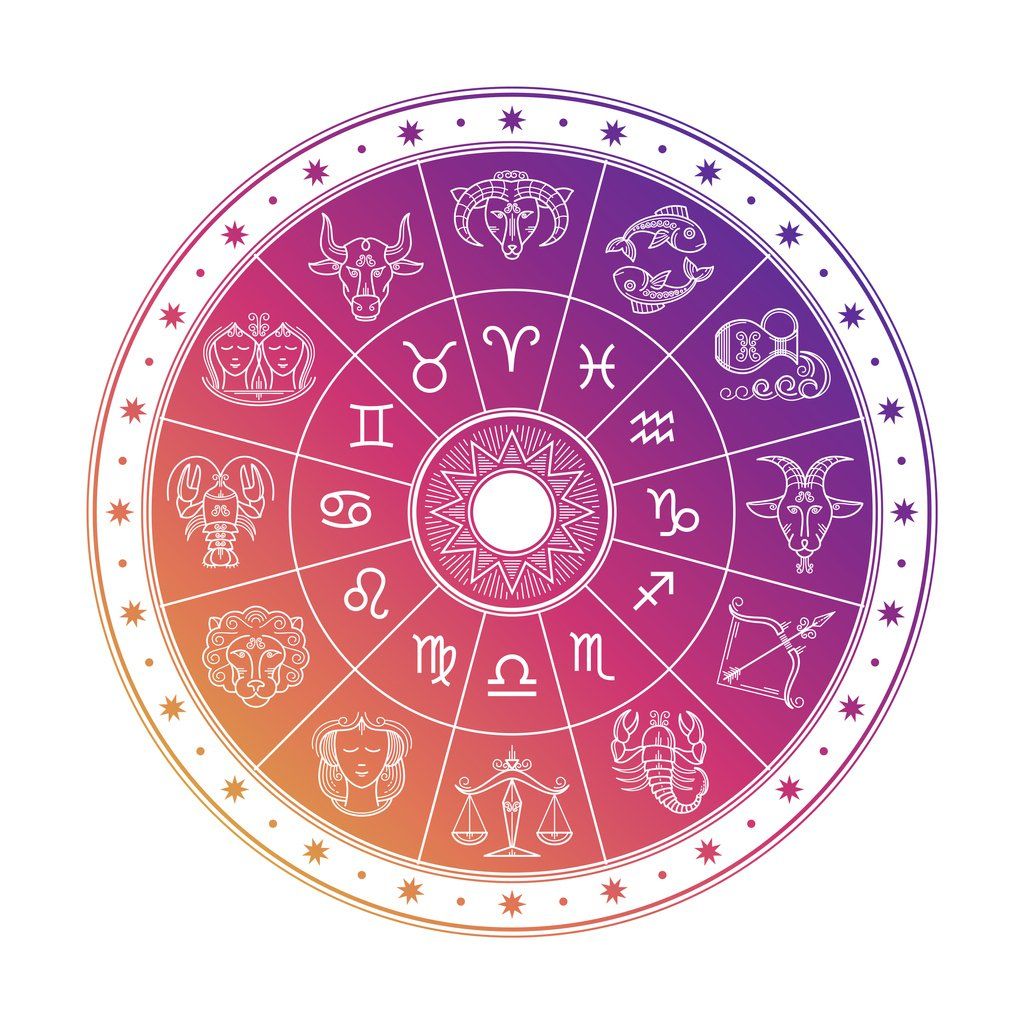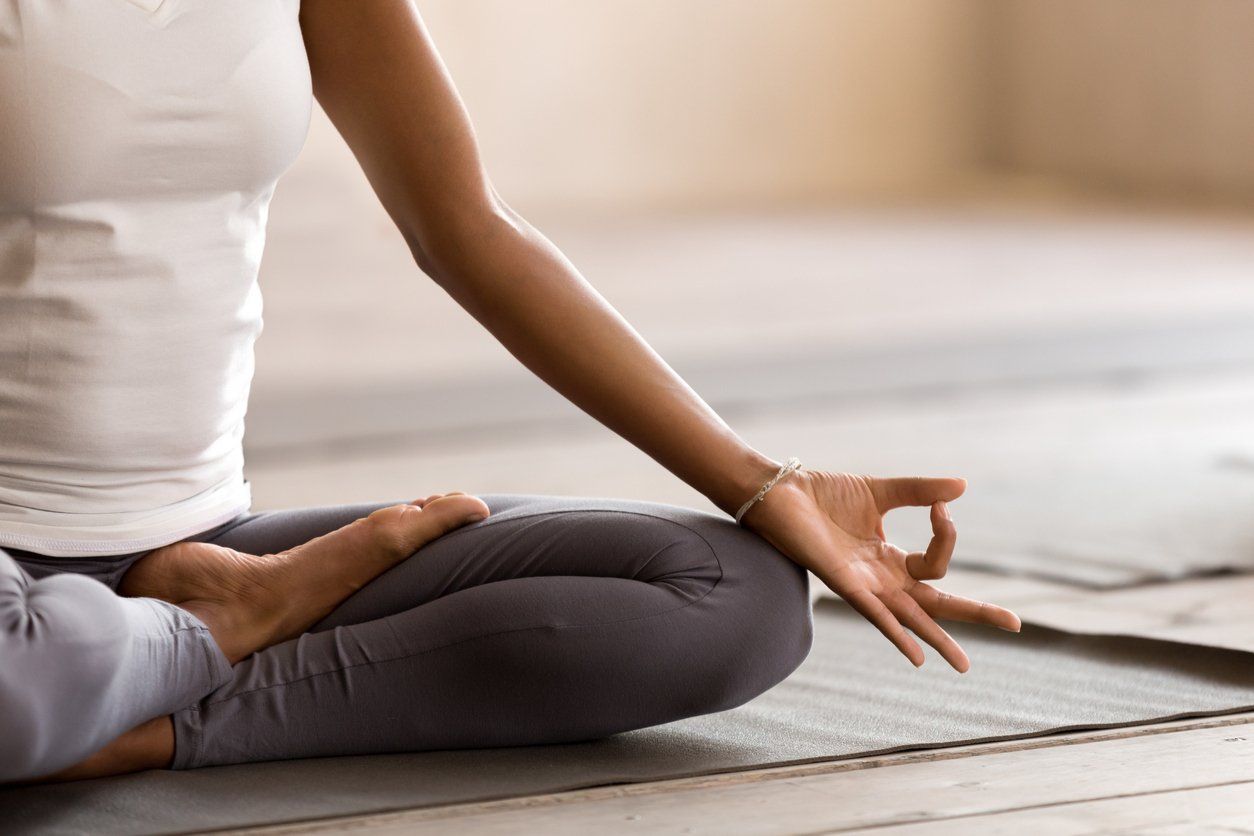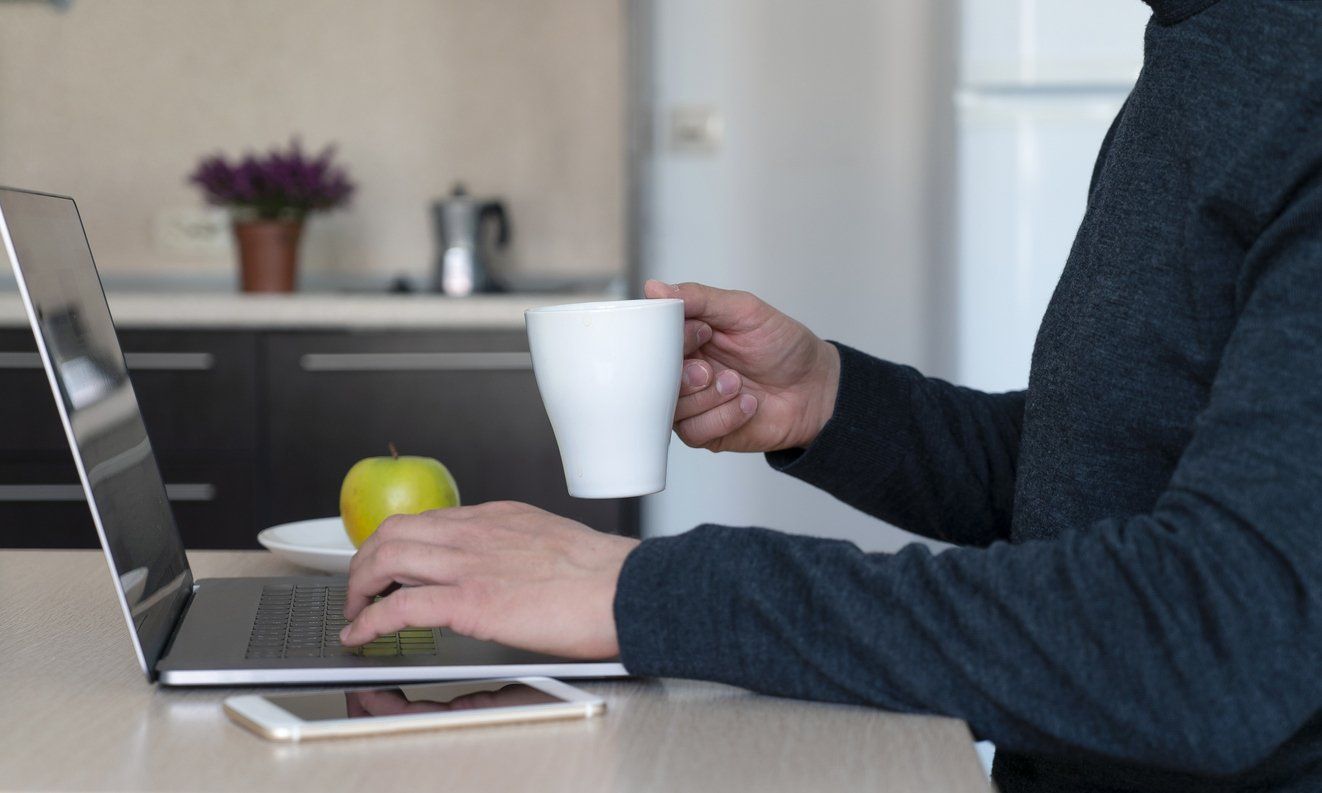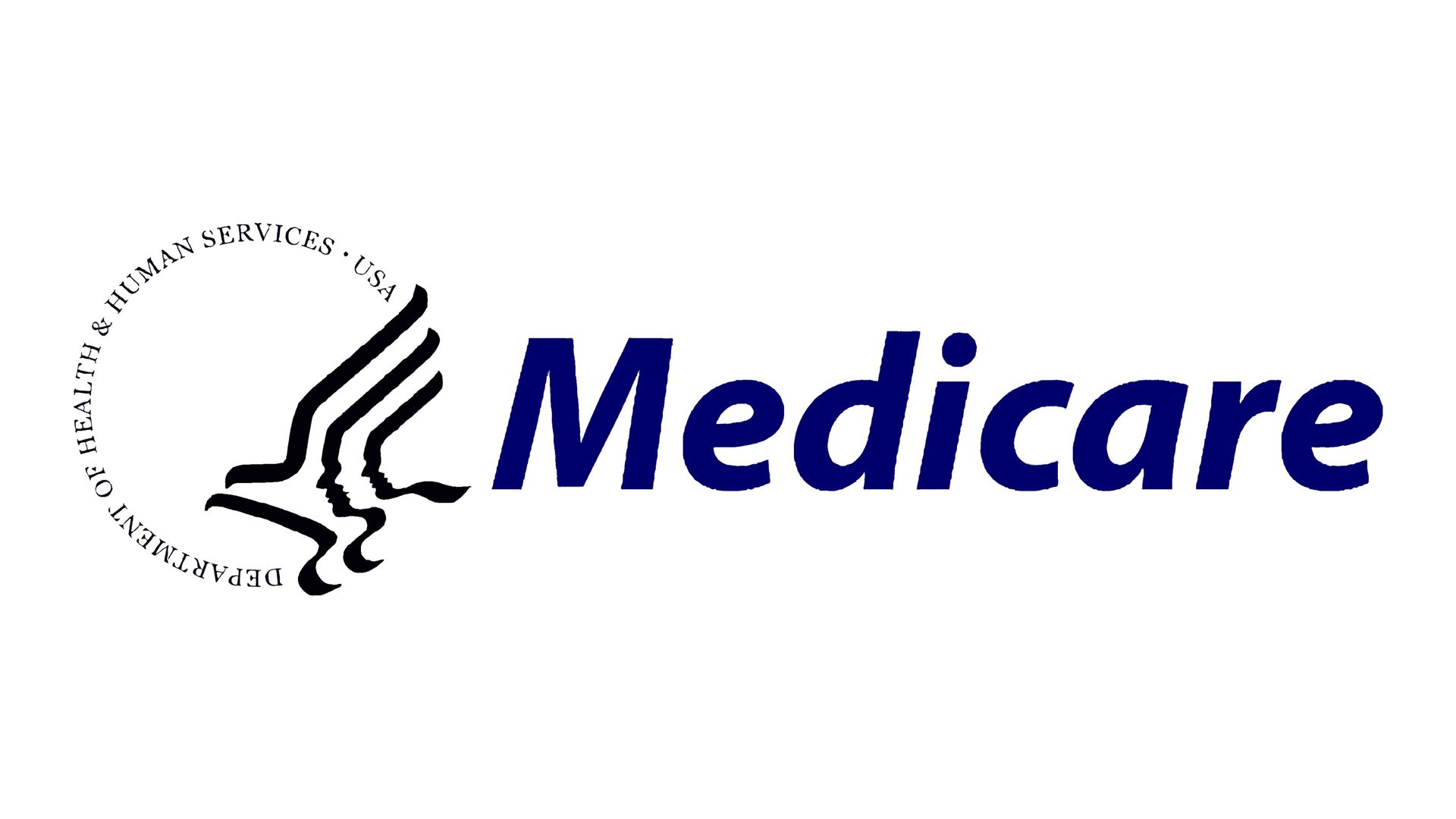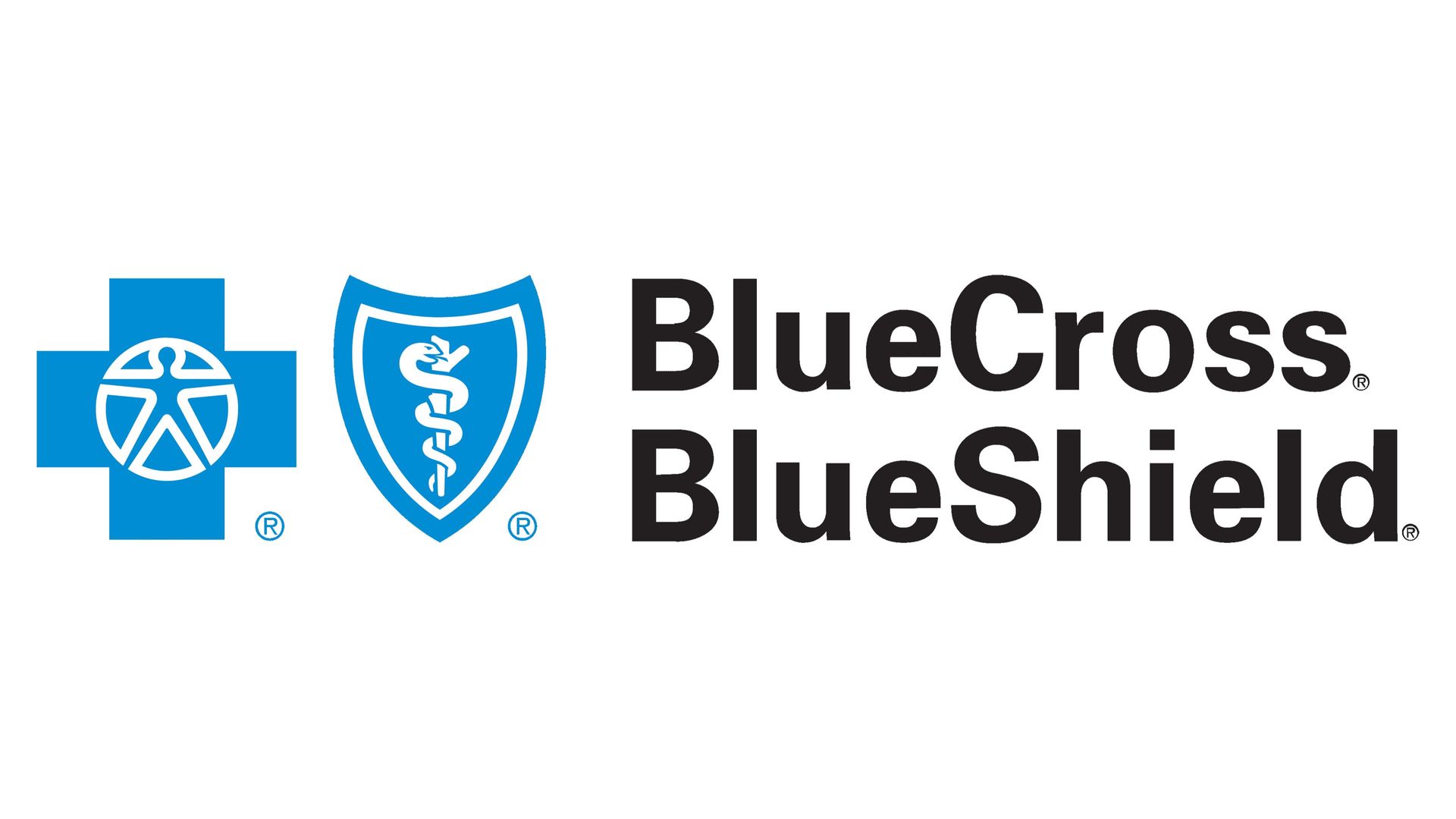Pain Pain go away - Tips from an Acupuncturist on helping yourself
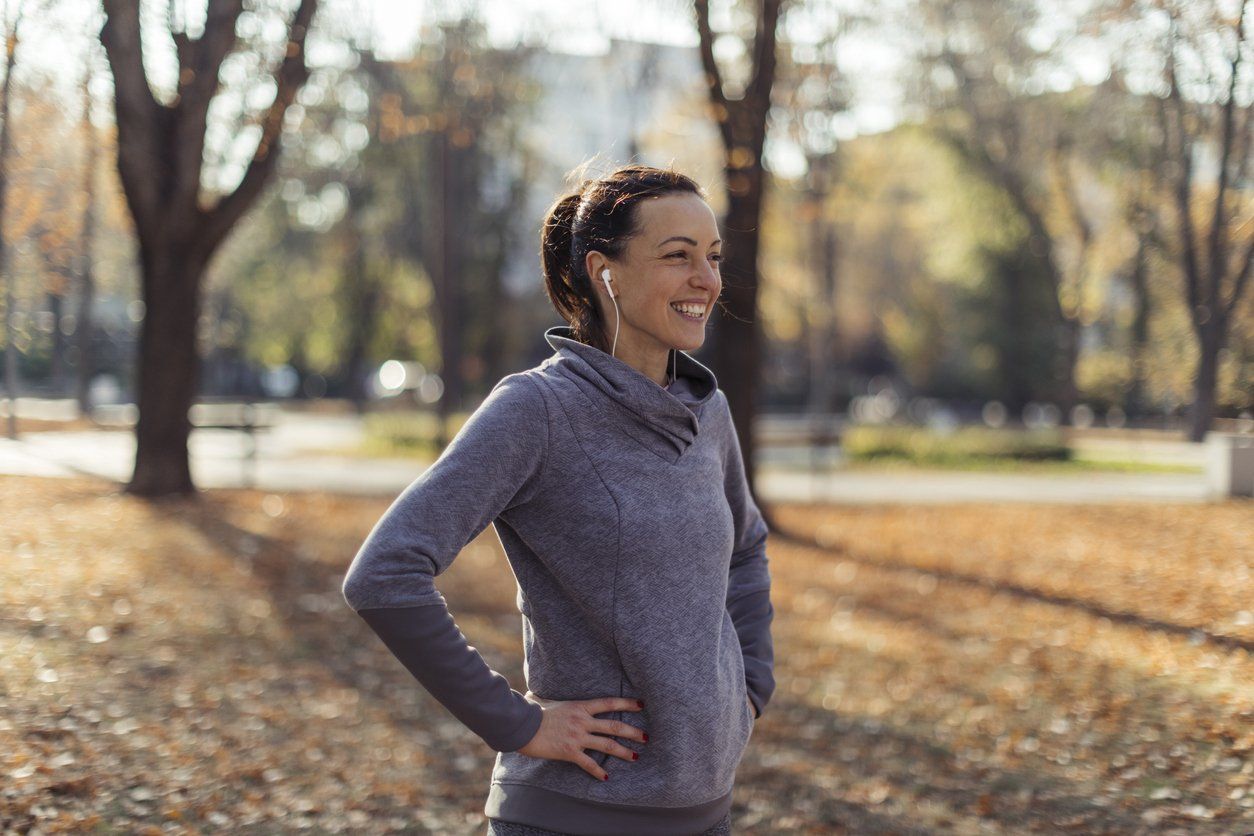
Pain is one of the most frequent problems addressed in my acupuncture office, and I love to work with patients who are in pain (because acupuncture treatment helps SO much with pain, not because I want people to be in pain!). Pain is something we all encounter at some point in life, and addressing it as soon as possible can make a big difference in how long it persists, as well as how severe it becomes.
There is a saying in Chinese Medicine that describes clearly why acupuncture treatment helps pain — “Tong zhi bu tong. Bu tong zhi tong. – With free flow there is no pain. Without free flow there is pain.”
When someone has pain of any kind it is due a blockage of qi, blood, lymph, phlegm or bones (think arthritis and the gnarled joints and fingers of someone with chronic osteoarthritis) that stops flow and creates pain. Acupuncture treatment, as well as cupping and gua sha are especially good at moving blockages, relieving pain, and restoring movement and function of the body. Frequent treatment will include the use of e-stim which is a method of stimulating the acupuncture needles with an electric pulse, much like a TENS unit used in physical therapy.
What do you do, though, during a pandemic when you don’t feel safe leaving your home for treatment? Although nothing can substitute completely for in office care you can try these tips to relieve any pain you may be having.
— If you have an acute injury, for the first 6 hours you can use the RICE method (rest, ice, compression and elevation). You can also supplement with Arnica Montana, a homeopathic remedy that you take internally and can apply topically, especially if there is bruising. Biofreeze, another topical product, can also help with acute injuries. RICE has been the mainstay of immediate injury care since the 1970s but now the recommendation has changed to limit the use of cold to the first 6 hours. After 6 hours, the use of ice actually becomes detrimental because it stops important healing processes.
— After the first 6 hours you want to start including heat and gentle movement. Alternating heating and cooling (I would avoid very cold, and use cool instead), which will help your body “pump” fluids through the injured area. This pumping occurs because cooling will constrict vessels and heat will relax them so doing one after the other allows for movement through the tissue. And yes, this movement will help reduce pain. If you still have swelling you can continue to elevate your injury, if possible above your heart, which will help to reduce the swelling.
— For longer term or chronic pain you can also use magnesium topically or try epsom salt baths. Magnesium can really help improve muscle function as well as reduce pain for chronic injuries.
—Use gentle stretching after applying heat if you have restrictions in joint movement. One issue you don’t want to have is more pain due to lack of movement, because it hurt to move. While it is not good to force a tight muscle, or inhibited joint, to aggressively move, gentle stretching can be a life saver. The best time to stretch a painful area is after applying heat. You might want to familiarize yourself with gentle stretches as described by the Mayo Clinic or the stretching database provided by Movewell.
—Invest in a foam roller. Using a foam roller on a tight area - such as the PSOAS if you have lower back pain, or the Illio-Tibial Band (ITB) if you have a tight or painful thigh, or along the occiput if you have a headache. A foam roller allows for gentle pressure to help with the release while you control the pressure with your body weight.
These are some simple suggestions which hopefully will reduce whatever pain you are dealing with. If you would like to come in for acupuncture treatment we will be happy to see you — but in the meantime these simple steps may help you to a pain-free 2021!
